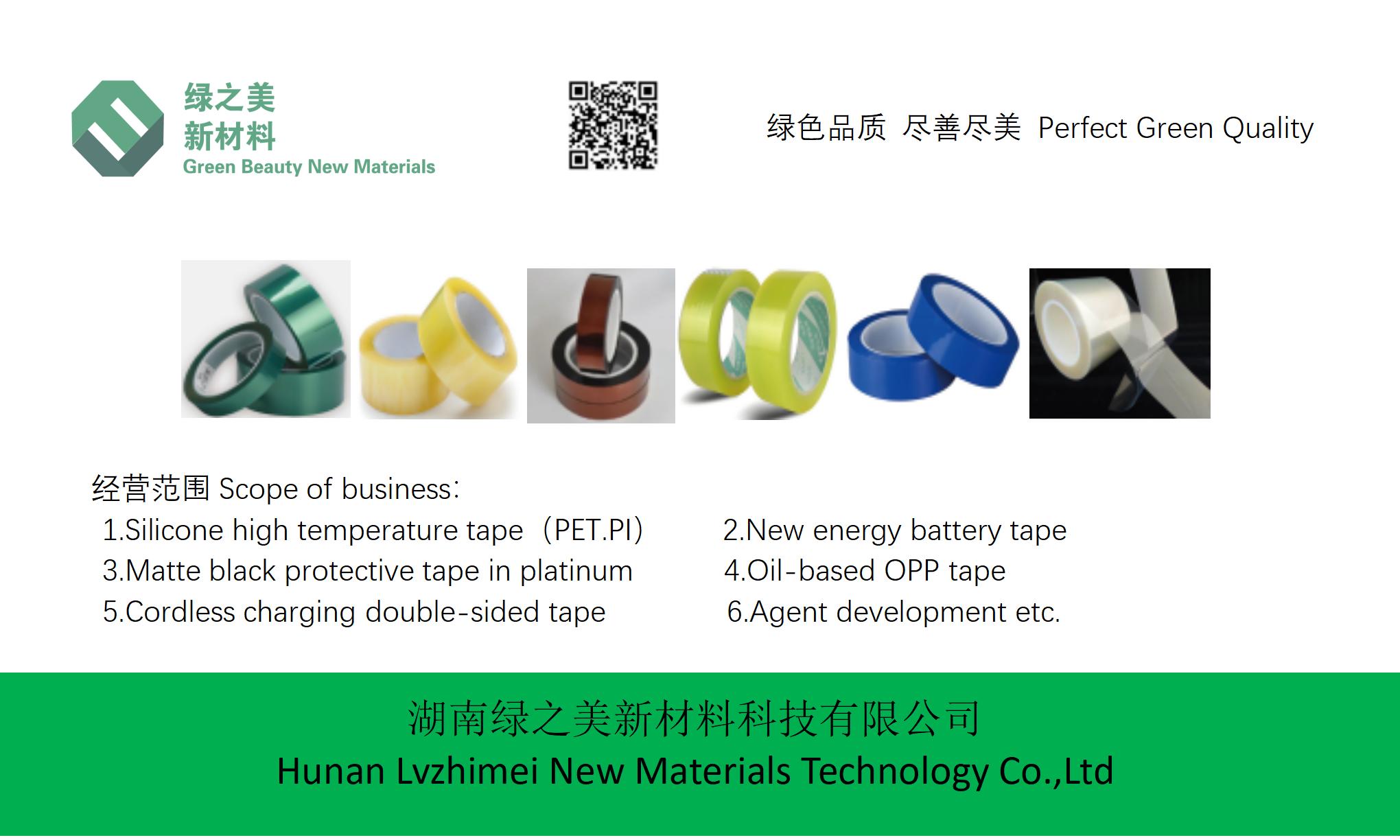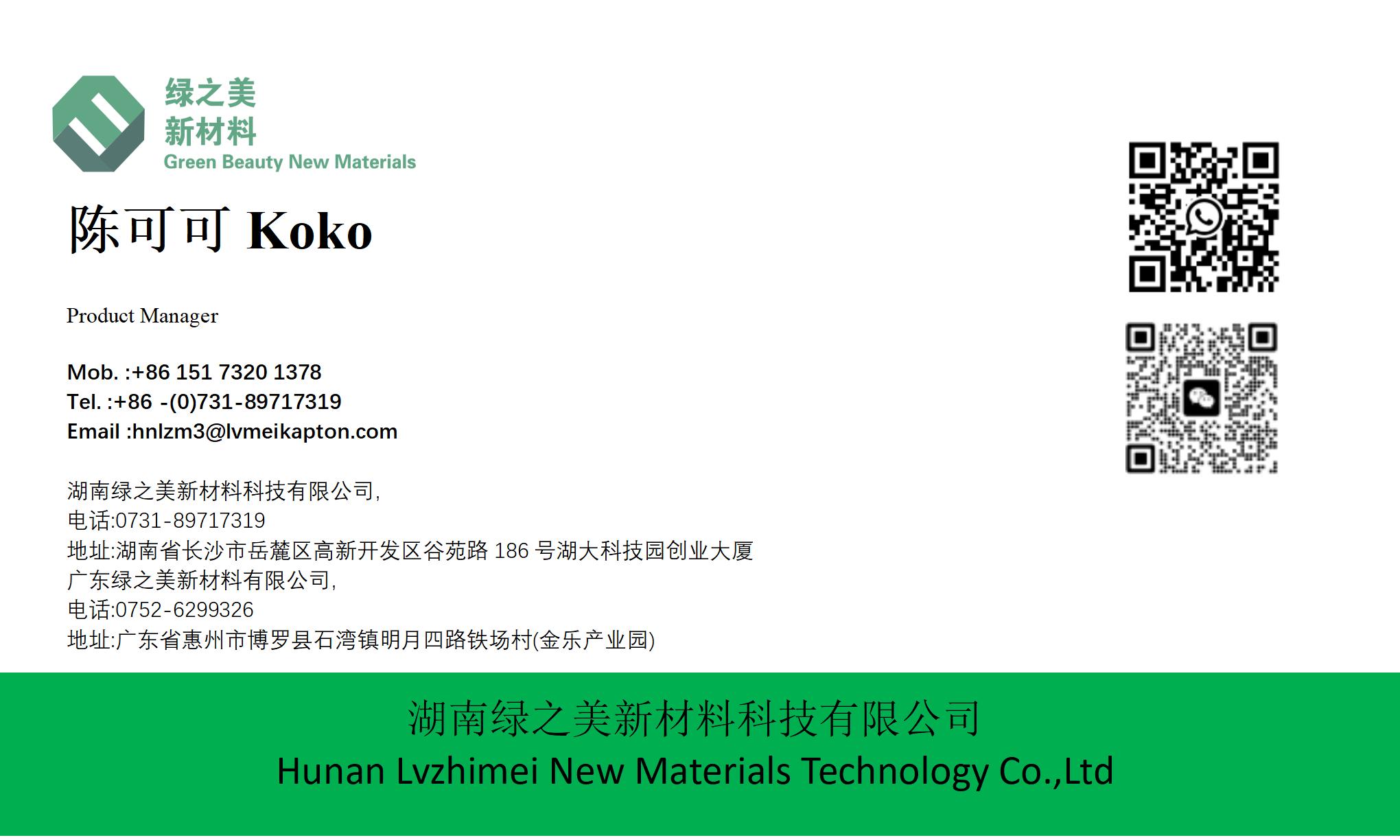



What Role Does LVMEIKAPTON Insulating Electrical Tape Play in Consumer Electronics? |https://www.lvmeikapton.com/
LVMEIKAPTON tape stands out due to its unique combination of properties, which make it indispensable in electronic applications:
The tape can withstand temperatures ranging from -196°C to 300°C, maintaining mechanical integrity and adhesive strength. This enables it to protect components during high-temperature processes such as wave soldering, reflow oven treatments, and thermal management systems. For example, LVMEIKAPTON insulating tape is commonly used to safeguard circuit board traces during soldering, preventing damage and ensuring long-term stability.
Featuring high dielectric strength (up to 50kV/mm), the tape provides robust protection against voltage breakdown and short circuits. Its low electrical conductivity (≤10^-16 S/cm) ensures reliable insulation even in high-voltage environments, such as transformer winding insulation or motor coil protection.
Resistant to acids, alkalis, solvents, and UV radiation, the tape maintains its properties even after prolonged exposure to harsh chemicals. Additionally, its excellent tensile strength and tear resistance prevent mechanical failures, ensuring consistent performance throughout the device’s lifecycle.
The tape’s silicone adhesive layer offers strong adhesion to various substrates (e.g., metals, plastics, ceramics) while allowing easy removal without residue. This feature is particularly crucial for applications requiring temporary protection, such as Brown circuit board high temperature tape used during PCB fabrication processes.
| Property | Specification |
|---|---|
| Temperature Range | -196°C to 300°C |
| Dielectric Strength | 50 kV/mm |
| Tensile Strength | ≥200 N/cm |
| Adhesion Strength | ≥2.5 N/cm |
| Thickness Range | 0.025-0.1 mm (customizable) |
LVMEIKAPTON tape’s versatility enables its use across diverse components and manufacturing stages:
During PCB fabrication and assembly, the tape serves multiple purposes:
Gold Finger Protection: Applying LVMEIKAPTON tape over gold-plated connectors prevents oxidation and wear during handling, ensuring stable electrical contacts in devices like smartphones and laptops.
Solder Mask Replacement: In selective soldering processes, the tape acts as a temporary barrier, protecting non-soldered areas from molten solder while maintaining insulation.
Thermal Management: The tape’s thermal conductivity aids in heat dissipation, protecting sensitive components near heat-generating elements like CPUs or power modules.
In lithium-ion battery manufacturing, LVMEIKAPTON tape plays a critical role:
Electrode Insulation: The tape’s high dielectric strength separates positive and negative electrodes, preventing short circuits and ensuring battery safety.
Temperature Resistance: During battery charging/discharging cycles, the tape withstands thermal fluctuations, maintaining adhesion and insulation even at elevated temperatures.
Mechanical Reinforcement: The tape reinforces battery cell assemblies, preventing separation or damage during device usage.
LVMEIKAPTON tape is essential for coil winding insulation in transformers and motors found in consumer electronics:
High-Voltage Protection: Its electrical insulation properties prevent voltage breakdown in devices like power supplies, inverters, and induction motors.
Thermal Stability: The tape’s resistance to thermal aging ensures prolonged service life in appliances subjected to continuous operation (e.g., hairdryers, electric vehicles).
By combining LVMEIKAPTON tape with conductive materials, effective EMI shielding can be achieved. For example, the tape with aluminum or copper foil backing provides both insulation and EMI protection for sensitive electronic components.
Brown circuit board high temperature tape, a variant of LVMEIKAPTON tape, is widely used to protect circuit boards during processes like:
Wave soldering: preventing solder bridging and protecting non-soldered components.
Conformal coating: masking areas that should not be coated.
Plasma etching: shielding specific regions during surface treatment.
LVMEIKAPTON tape offers distinct advantages compared to alternatives like PVC tape or glass fiber tape:
While PVC tape typically withstands up to 80°C and glass fiber tape around 200°C, LVMEIKAPTON tape excels at temperatures beyond 260°C, enabling use in advanced electronics with stringent thermal requirements.
The tape’s resistance to chemicals, moisture, and radiation makes it suitable for applications exposed to corrosive environments or outdoor conditions, enhancing device reliability.
LVMEIKAPTON tape’s clean removal without residue reduces post-processing cleaning time, improving manufacturing efficiency. Additionally, its conformability to complex geometries simplifies application compared to rigid insulation materials.
Meeting UL, RoHS, and other global safety standards, the tape ensures products comply with regulatory requirements, reducing risks associated with electrical failures.
4.1 Smartphone Manufacturing
LVMEIKAPTON tape is used to protect:
PCB gold fingers during assembly, preventing corrosion and maintaining signal integrity.
Battery cells, ensuring safety and thermal stability.
Motor coils in vibration motors, enhancing durability.
In EVs, the tape insulates high-voltage battery packs and motor coils, contributing to:
Improved thermal management.
Extended battery lifespan.
Enhanced electrical safety.
As consumer electronics evolve towards miniaturization, high power density, and sustainability, LVMEIKAPTON tape is expected to evolve in the following directions:
Thinner Profiles: Development of tapes with thicknesses below 0.025 mm to accommodate shrinking component sizes.
Enhanced Conductivity: Integration of conductive fillers to create tapes with both insulation and EMI shielding properties.
Sustainable Materials: Research into eco-friendly adhesives and recyclable PI films to reduce environmental impact.
LVMEIKAPTON insulating electrical tape, with its unparalleled thermal, electrical, and mechanical properties, is a cornerstone of modern consumer electronics manufacturing. From protecting PCBs to insulating high-voltage components, its role ensures device safety, reliability, and longevity. As technology continues to advance, LVMEIKAPTON tape will remain essential in enabling the next generation of innovative electronic devices.
LVMEIKAPTON tape provides critical insulation and protection across diverse consumer electronics applications.
Its extreme temperature resistance, electrical insulation, and chemical durability set it apart from traditional materials.
Future innovations will further expand its capabilities, driving advancements in electronic device performance and sustainability.






